The bark beetle calamity is slowly receding for the second year
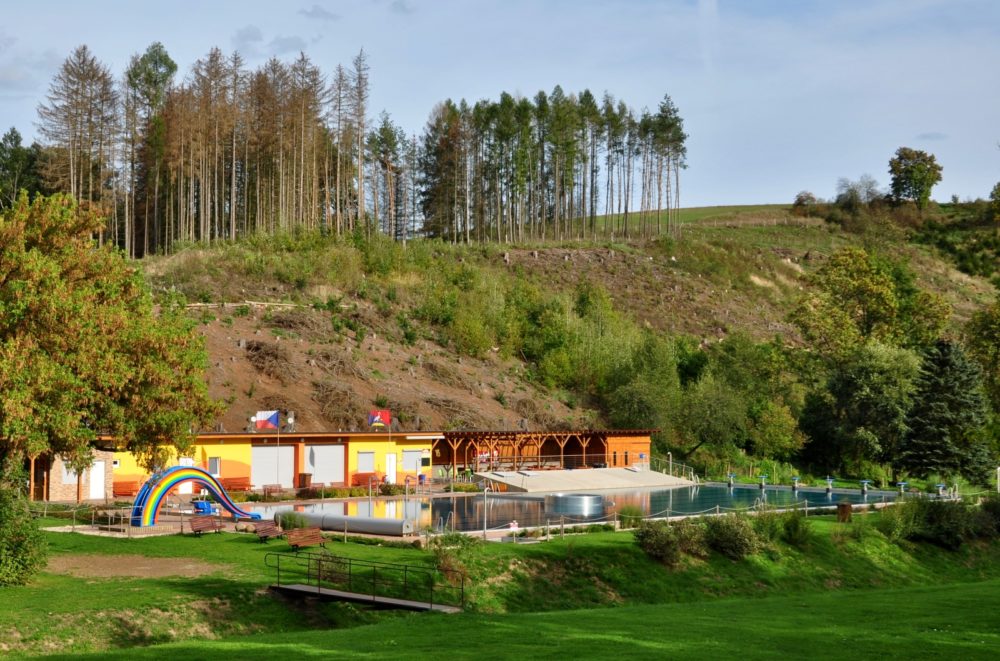 In 2022, foresters recorded another gradual retreat of the bark beetle calamity. In the records (reports) from forest owners for the year 2022, representing less than 70% of the total area of forest land in the Czech Republic, received by the Forest Protection Service of the Research Institute of Forestry and Hunting, v. v. i., a year-on-year decrease in the volume of total (abiotic and biotic) damage was reported by approximately a quarter (from 13.8 million m3 to 10.2 million m3). After four years, the volume of accidental logging after conversion to the entire area of domestic forests finally does not exceed the derived annual budget.
In 2022, foresters recorded another gradual retreat of the bark beetle calamity. In the records (reports) from forest owners for the year 2022, representing less than 70% of the total area of forest land in the Czech Republic, received by the Forest Protection Service of the Research Institute of Forestry and Hunting, v. v. i., a year-on-year decrease in the volume of total (abiotic and biotic) damage was reported by approximately a quarter (from 13.8 million m3 to 10.2 million m3). After four years, the volume of accidental logging after conversion to the entire area of domestic forests finally does not exceed the derived annual budget.
Regarding to the long-term trends of 1991-2020, the weather was above average in temperature (deviation +0.9 °C) and slightly below average in precipitation (93% of normal), during last year. From the point of view of forest protection, compared to previous years, this was a more favourable period, which is also evident from the records of the occurrence of forest harmful agents.
The total volume of incidental logging due to damage by abiotic factors (wind, snow, frost, drought and all other abiotic causes including anthropogenic factors), which was reported by forest owners, was 4.4 million m3 in 2022 (2021: 4.1 million m3; 2020 : 4.4 million m3; and in 2019: 4.4 million m3).
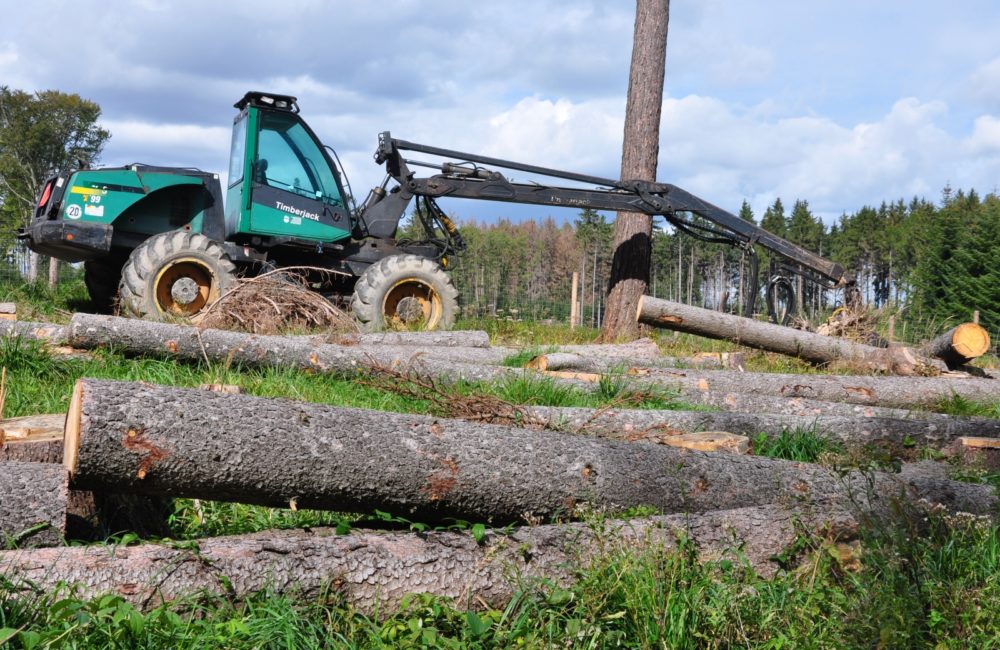 According to records, 5.8 million m3 of wood was damaged in 2022 by all biotic harmful agents. For comparison, it was 9.7 million m3 in 2021, 15.4 million m3 in 2020 and 14.8 million m3 in 2019.
According to records, 5.8 million m3 of wood was damaged in 2022 by all biotic harmful agents. For comparison, it was 9.7 million m3 in 2021, 15.4 million m3 in 2020 and 14.8 million m3 in 2019.
Of the total amount of biotic damage, over 5.6 million m3 of extracted spruce bark wood there was recorded in 2022, which represents the second consecutive year-on-year decrease after eight years of permanent increase between 2013 and 2020.
However, these values represent still extremely high volumes, although usually locally conditioned. The bark beetle is still far from being completely under control in most of the Czech Republic. And in the event of adverse circumstances, there is a risk of a reversal of the positive trend of the last two years.
Compared to the previous year, when 9.5 million m3 of bark wood was recorded, this is a decrease of 3.9 million m3. In 2020, 14.9 million m3 were recorded and in 2019, it was 14.5 million m3. It is almost exclusively wood attacked by the spruce bark beetle.
If we convert the volume registered in 2022 to the total area of forests in the Czech Republic (reports cover 67 percent of the area of forests), we will receive a value of more than 8 million m3 of harvested spruce bark wood!
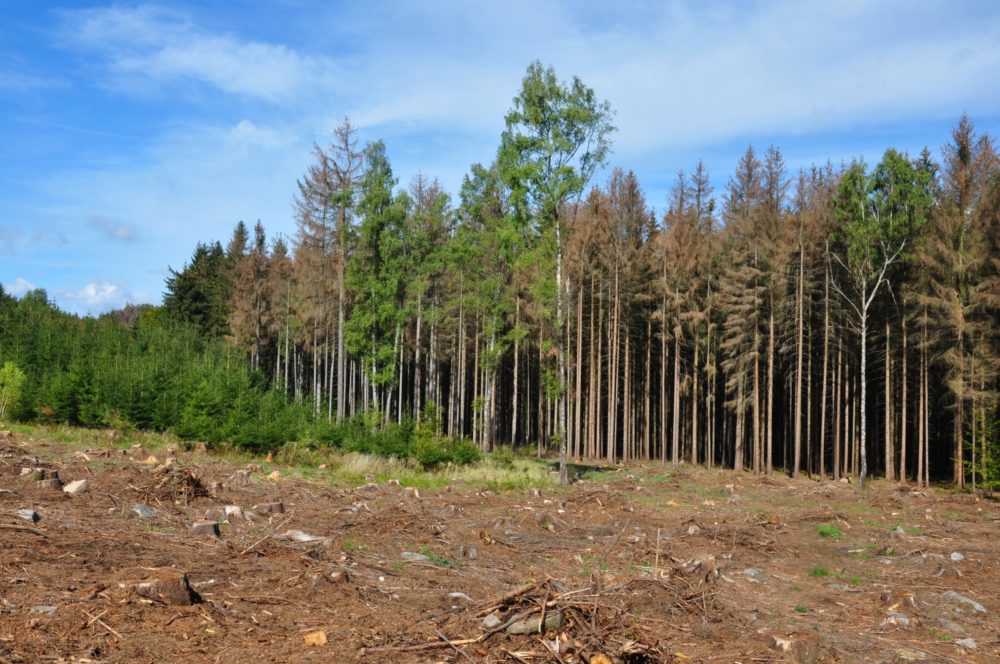 The extent of attacks in the regions develops from year to year and it is territorially differentiated. The western half of the Czech Republic is much more affected. In 2019, the approximate ratio of distribution of bark wood in the Czech Republic vs. Moravia and Silesia was approx. 50:50, in 2020 it presented 65% of the volume of bark wood, which was recorded in the Czech Republic, in 2021 it was 75% and in 2022 it was 65%, again.
The extent of attacks in the regions develops from year to year and it is territorially differentiated. The western half of the Czech Republic is much more affected. In 2019, the approximate ratio of distribution of bark wood in the Czech Republic vs. Moravia and Silesia was approx. 50:50, in 2020 it presented 65% of the volume of bark wood, which was recorded in the Czech Republic, in 2021 it was 75% and in 2022 it was 65%, again.
In the north-east of the Czech Republic (the historical region of Northern Moravia and Silesia), where the situation was the worst in previous years, the calamity has significantly receded in recent years, mainly in connection with the decline of older, attractive spruce stands in hilly and upland locations. Nevertheless, the extent of bark beetle infestation has stagnated year-on-year to its slight increase.
In 2022, the situation was most dramatic in the Vysočina region (976 thousand m3 recorded), the Pilsen region (769 thousand m3) and the Ústí region (547 thousand m3).
More than 400 thousand m3, it was also recorded in the regions of Central Bohemia (445 thousand m3), Olomouc (420 thousand m3), Pardubice (407 thousand m3) and in South Bohemia region (400 thousand m3).
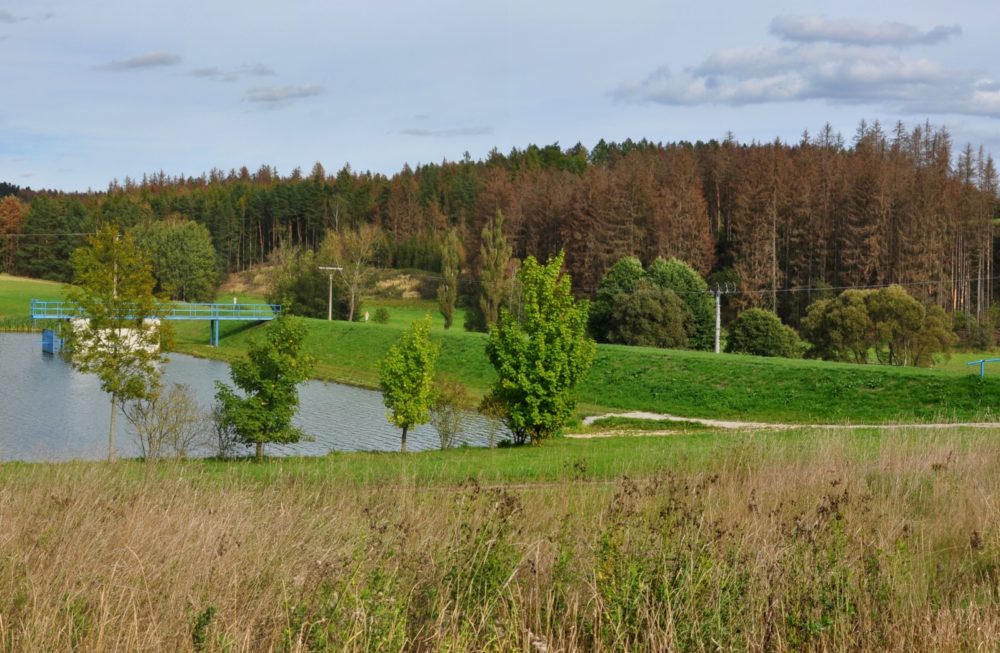 The majority of the affected forest stands in the entire Czech Republic is located at altitudes up to approx. 800 m above sea level, the mountain locations themselves have so far been less affected.
The majority of the affected forest stands in the entire Czech Republic is located at altitudes up to approx. 800 m above sea level, the mountain locations themselves have so far been less affected.
The revival of the timber market, the stabilization of wood prices and the gradual increase in logging, timber haulage and processing capacities helped to manage the bark beetle calamity.
Among the most problematic areas is currently the border of the Ústí and Liberec regions and also in the Pilsen region.
In 2023, a further decrease in the volume of harvested spruce bark wood can be expected, year-on-year to an approximate value of 60-70% of the volume of 2022.
However, even this year and in following years, it is not possible to decrease efforts to stop the further development of rodents. It is impossible to give up on the implementation of forest protection measures against bark beetle, while the main priority must be the careful search, timely processing and effective sanitation of trees affected by bark beetle.
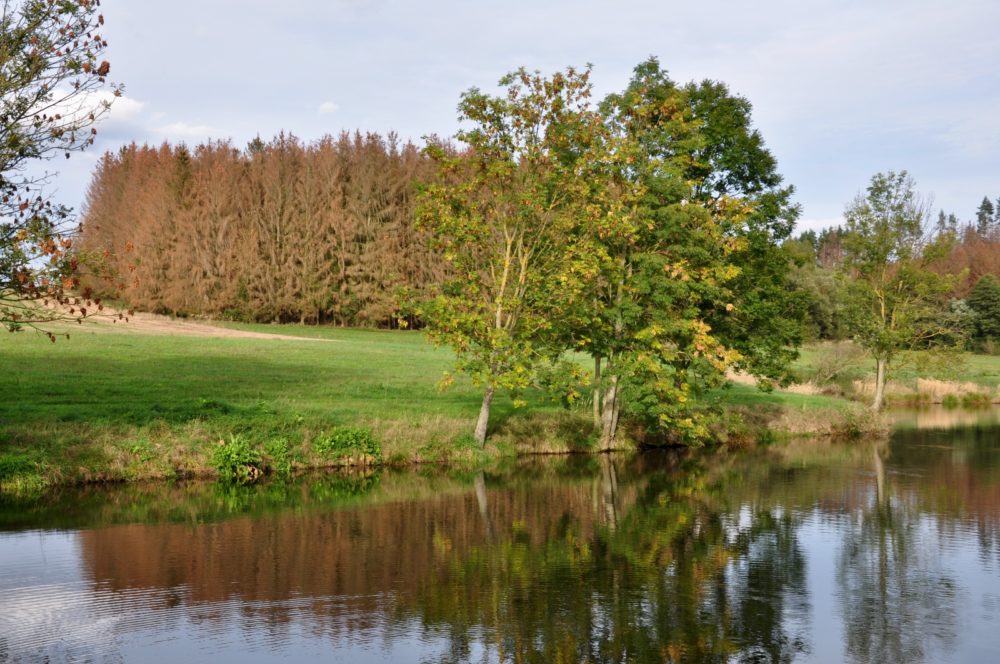 Of the mentioned 5.6 million m3 of recorded bark extraction, only a small part (approx. 20-30%) there was extracted and effectively rehabilitated in time. From this, it is evident what danger the spruce stands in the Czech Republic continue to face.
Of the mentioned 5.6 million m3 of recorded bark extraction, only a small part (approx. 20-30%) there was extracted and effectively rehabilitated in time. From this, it is evident what danger the spruce stands in the Czech Republic continue to face.
So far, during the years 2015–2022, bark beetles attacked approximately 90–100 million m3 of spruce wood, while the “living” stock of spruce stands was estimated by Forest Management Institute (ÚHÚL) staff to be around 400 million m3 as of September 2019.
You can find more information on the development of the state of forest health in the Forest Protection Service Newsletter for 2023, which can be downloaded here.
Prepared by Ing. Jan Řezáč, FGMRI (VÚLHM, v. v. i.), e-mail: rezac@vulhm.cz, according to the text in the Forest Protection Service Newsletter for 2023.
Illustration photo: Bark beetle rampage in Vysočina region, author Ing. Jan Řezáč
